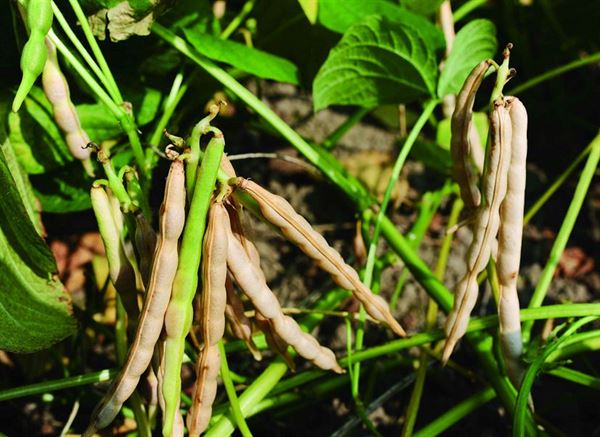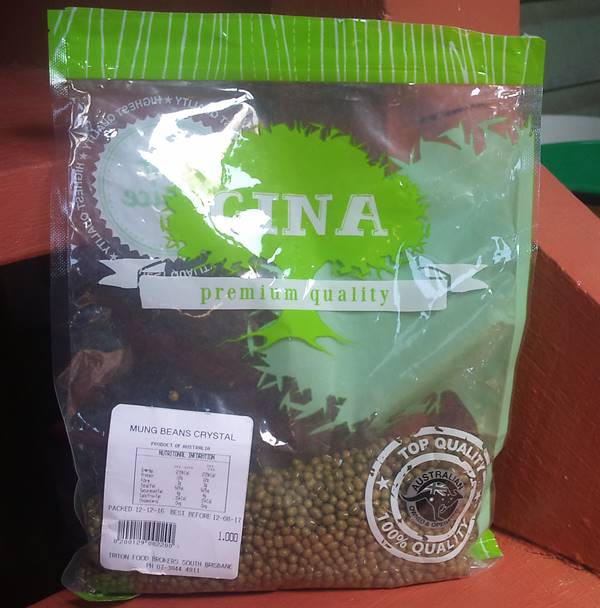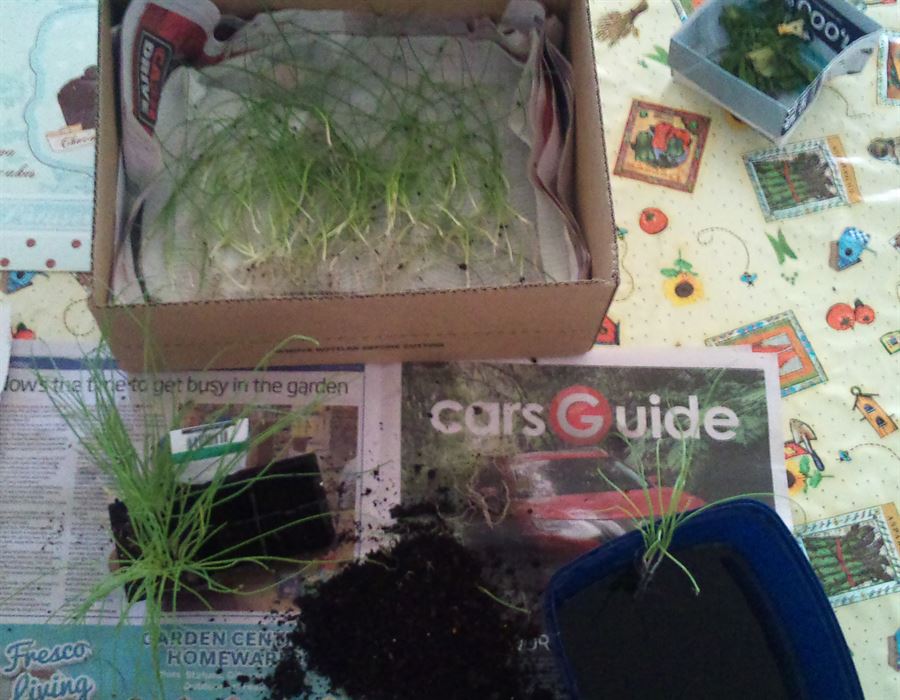Too Much Too Easy
Went to Eat Street Northshore today and had a pleasant time wandering around the food vendors on the banks of the Brisbane River near the cruise terminal.
While there I tried a few of the different dishes from the Japanese pizza, to the salt and pepper calamari and washed it down with a fruit juice. There were plenty of samples to try, chocolate covered deep fried balls, organic fruit juice and nuts in all sorts of disguises. My lady and I shared each plate and it didn’t take long to spend fifty bucks.
Observing People
I don’t really enjoy mixing in crowds but it is fun to get out of my comfort zone and watch others, their reactions and what they enjoy.
Too Much Too Easy
No wonder there is an obsession with food at the moment. At this moment in time the majority of society has too much spare time and no purpose for using that time. What better way than to go and buy some food in different locations. We have lost our connection with the origin of food and we are more likely to buy a meal than we are to want to grow it.
When we grow the food, we don’t have the time to sit around and eat so much of it. We would be more likely not to be as overweight as Queenslanders are if we spent more time actually growing food instead of watching it on TV, while munching a bag of chips and having a soft drink.
Eat Street Review
My lady and I were of the same opinion. We’d go there once.
From Finance to Farmer
It didn’t take me long to switch back to gardening did it. This video was quite interesting and it is enlightening reading the comments. It would appear that whatever you do these days you will have people who think you are doing something of worth and others thinking you are priveleged or that what you are doing is of no value.
I think you have to do what you think is right and grow a pretty thick skin and not worry about what others think of your efforts.
Keep on growing – mindfully, spiritually and in your outlook.
Olman










